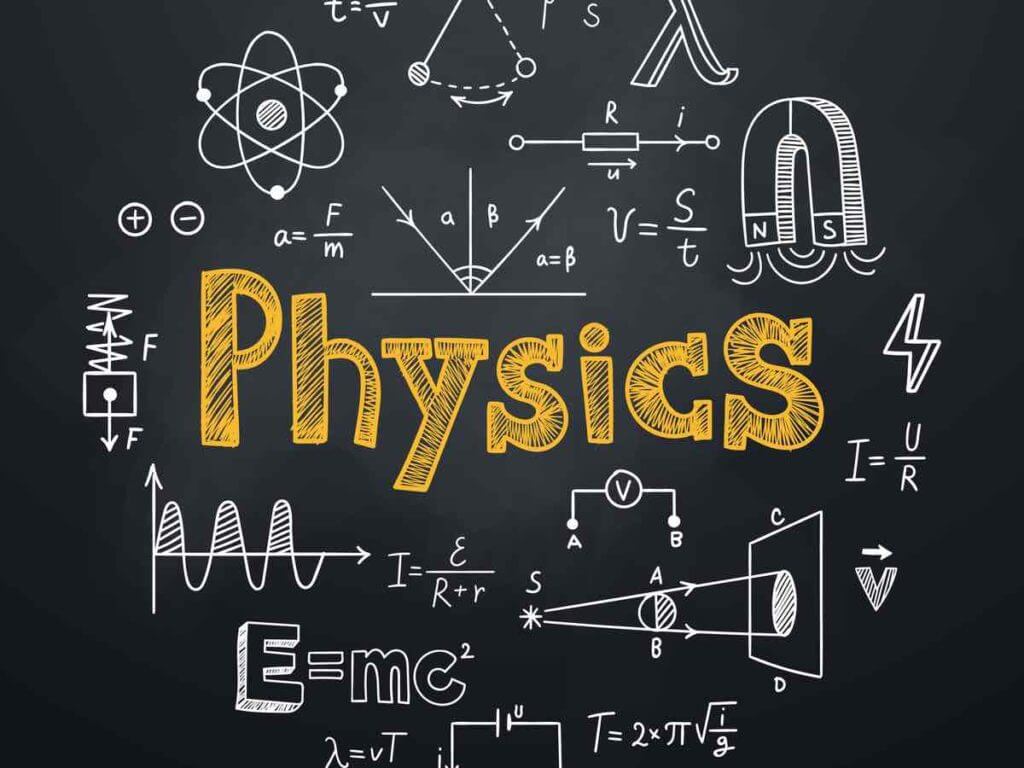What you will learn?
Upon successfully completing the "Foundations of Physics Exit Exam," students will demonstrate their comprehensive understanding of fundamental physics principles.
This exam will serve as evidence of their knowledge and skills in classical mechanics, electromagnetism, thermodynamics, quantum mechanics, modern physics, applied physics, and experimental physics.
This achievement will be valuable for further academic pursuits, career opportunities in various scientific fields, and personal development as critical thinkers and problem solvers.
About this course
The Physics Exit Exam Practice Exam is designed to help physics students prepare for their final exit exam. This practice exam provides a simulated testing environment where you can assess your knowledge and understanding of various physics concepts, principles, and problem-solving skills. The exam covers topics such as mechanics, electromagnetism, quantum mechanics, and thermodynamics. By taking this practice exam, you can evaluate your preparedness, identify areas that require further study, and build confidence for the actual exit exam.
Requirements
To undertake the "Foundations of Physics Exit Exam," students need to be enrolled as undergraduate students in a physics program at a recognized university or college in Ethiopia.
They should have completed the required coursework and have a solid understanding of basic mathematical and scientific principles.
Additionally, students must have access to the necessary study materials and resources to adequately prepare for the exam.
FAQ
Comments (0)
Newton's laws of motion are three basic laws of classical mechanics that describe the relationship between the motion of an object and the forces acting on it.
Work, energy, and power are three fundamental concepts in physics that are closely related.
Rotational motion is the motion of an object around a fixed axis. The axis can be internal or external to the object.
Oscillations and waves are two closely related concepts in physics. An oscillation is a repeated back-and-forth motion, while a wave is a disturbance that propagates through space or some other medium.
Electric fields and forces are closely related concepts in physics.
Magnetic fields and forces are also closely related concepts in physics.
Electromagnetic induction is the process of creating an electromotive force (emf) across an electrical conductor in a changing magnetic field.
Electromagnetic waves are a type of wave that consists of oscillating electric and magnetic fields.
The laws of thermodynamics are a set of physical principles that describe the relationships between heat, work, and energy in thermodynamic systems.
Heat transfer is the movement of thermal energy from one system to another.
Here are some thermal properties of matter:
The kinetic theory of gases is a model that describes the behavior of gases at the molecular level.
Wave-particle duality is a fundamental concept in quantum mechanics that states that all matter and energy exhibit both wave-like and particle-like properties.
The Schrödinger equation is a fundamental equation in quantum mechanics that describes the wave function of a quantum object.
In quantum mechanics, a quantum state is a mathematical entity that describes the state of a quantum system.
In quantum mechanics, the act of measurement is a fundamental process that affects the state of the system being measured.
The Special Theory of Relativity is one of two pillars of modern physics (alongside quantum mechanics).
Particle physics is a branch of physics that studies the fundamental constituents of matter and the fundamental forces that govern their interactions.
Nuclear reactions are processes that involve the nucleus of an atom.
Cosmology and astrophysics are two closely related fields of astronomy that study the Universe as a whole and its large-scale structures.
Optics is the branch of physics that deals with the behavior of light.
Fluid mechanics is the study of fluids (liquids and gases) in motion.
Acoustics is the study of sound and its properties.
Here are some of the most common semiconductor devices:
Experimental design is the process of planning and conducting an experiment in a way that minimizes bias and maximizes the likelihood of obtaining valid results.
Data analysis is the process of inspecting, cleaning, transforming, and modeling data with the goal of discovering useful information, informing conclusions, and supporting decision-making.
Here are some of the most common laboratory techniques:
Report writing and presentation skills are essential for communicating your ideas effectively to others.



.png)





